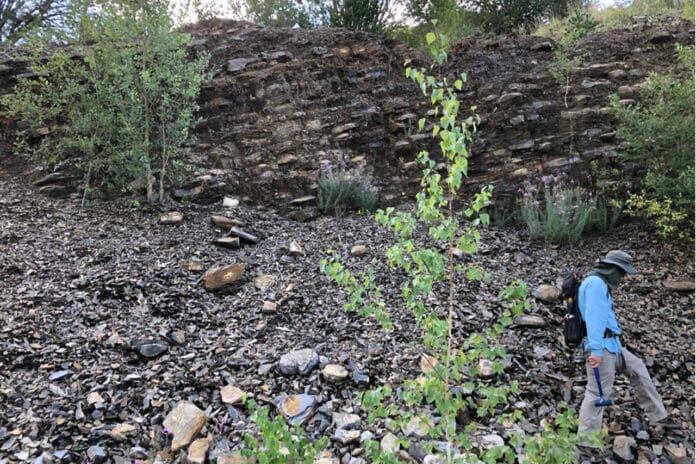The Late Ordovician mass extinction (LOME) is the first of the “big five” major mass extinction events in Earth’s history. It occured almost 443 million years ago, eliminating about 85% of marine species. It is often considered the second-largest known extinction event in terms of the percentage of extinct genera. Long-term research into this mass extinction is ongoing, and scientists are looking into its potential explanations, such as reduced habitat loss in a fast-cooling globe or persistently low oxygen levels in the oceans.
A new study by Florida State University researchers suggests that rapid changes in marine oxygen levels may have played a significant role in driving Earth’s first mass extinction.
The isotopes of the element thallium are susceptible to changes in oxygen in the ancient marine environment. Scientists measured these isotopes and found that previously documented patterns of this mass extinction coincided with an initial rapid decrease in marine oxygen levels followed by a rapid increase in oxygen.
Co-author Seth Young, an associate professor in the Department of Earth, Ocean and Atmospheric Science, said, “Paleontologists have noted that there were several groups of organisms, such as graptolites and brachiopods, that started to decline very early in this mass extinction interval, but we didn’t have any good evidence of an environmental or climate signature to tie that early decline of these groups to a particular mechanism. This paper can directly link that early phase of extinction to changes in oxygen. We see a marked change in thallium isotopes at the same time these organisms start their steady decline into the main phase of the mass extinction event.”
As the decrease in marine oxygen was immediately followed by an increase, this rapid shift in oxygen coincided with the traditional first die-off of mass extinction. It also leads to major ice sheet growth over the ancient South Pole.
Young said, “Turbulence in oxygen levels in oceanic waters is really what seems to have been pretty problematic for organisms living in the Late Ordovician at that time, which might have been adapted to cope with low oxygen conditions initially or vice versa. The fact that oxygen levels in the oceans next to the continents switching back and forth over short geologic time scales (a few hundred thousand years) did seem to play havoc with these marine ecosystems.”
This study used shales deposited in deeper, oxygen-poor water, which record different geochemical signatures. By using these shales, the researchers could conclude global marine conditions rather than local ones.
Lead author Nevin Kozik, a visiting assistant professor at Occidental College and former FSU doctoral student, said, “The discovery of the initial expansion of low-oxygen conditions on a global level and the coincidence with the early phases of decline in marine animals helps paint a clearer picture of what was happening with this extinction event.”
Journal Reference:
- Nevin Kozik, Seth Young, et al. Rapid marine oxygen variability: Driver of the Late Ordovician mass extinction. Science Advances. DOI: 10.1126/sciadv.abn8345
